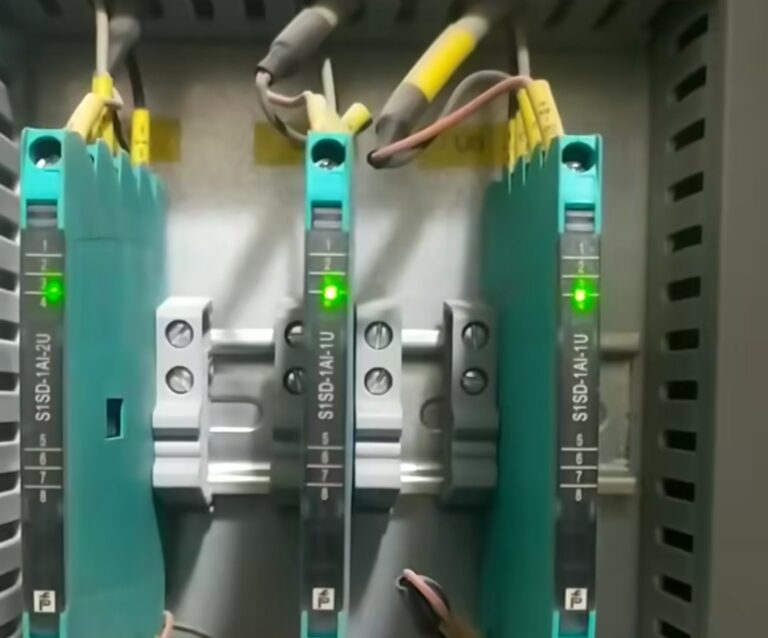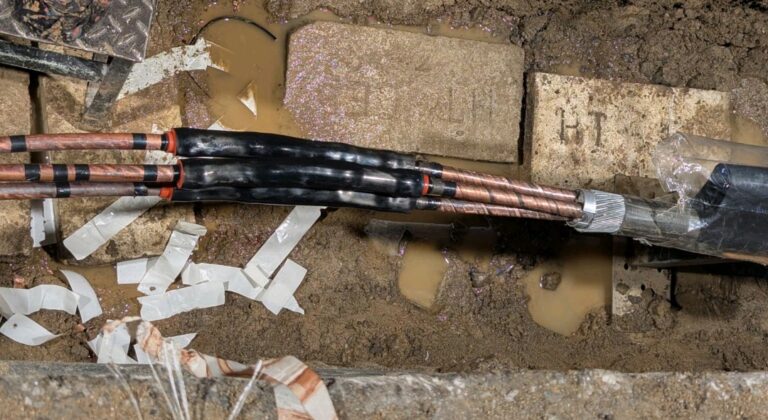Briefly about the factors that cause PD (Partial Discharge) in high-voltage Gas Insulated Switchgear (GIS):
1) Metallic particles:-
Particles are, by far, the most common type of defect found in GIS. However, particles are mostly an issue during commissioning since they are often introduced during assembly. For in-service monitoring, particles are less of a problem. However, on occasion, particles in relatively harmless locations could be physically moved into more active areas through vibration and other mechanical forces resulting from breaker operation. In addition, compartments with moving parts (switchgear) will sometimes generate their particles over time through wear, especially if some mechanical deficiency (a possible misalignment) exists.
2) Floating components:-
Internally, many GIS designs utilize shielding to protect certain high-stress areas.
These shields must be electrically connected to a known potential conductor, whether the main high-voltage conductor or the grounded enclosure. In some cases, the contact is established using relatively low-force springs, clips, or other means. If the contact is not firm due to damage or contamination, electrical contact resistance will increase (over time), resulting in a shield at floating potential. Partial discharges will often occur between these floating components and one of the other conductors. In the early stages, the PD could be very small and intermittent. However, when fully established, the floating component discharges are usually high and can be detected easily both electrically and acoustically. Floating component discharges, when fully active, are quite hazardous and could cause failure in a relatively short period (minutes to days). The constant discharging can cause local decomposition of the SF6 gas the resulting corrosive by-products will attack nearby insulators and may cause them to fail.
3) Insulator defects:-
Defects in the insulator could include small manufacturing defects, such as voids, that were missed during manufacturing quality control or were inactive during prior testing. PD from such defects is generally quite small (otherwise they would have been detected previously) but may sometimes cause failure after time in service. Fortunately, manufacturers have taken steps to improve manufacturing quality and defects of this type are rare. Other internal defects, such as internal metallic contamination in solid insulator structures, can also cause premature failure. However, PD resulting from such defects may be extremely small and nearly impossible to detect until some seconds to minutes before failure. These defect types are also very rare in modern designs.

